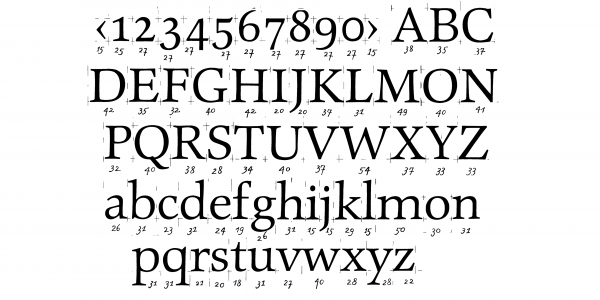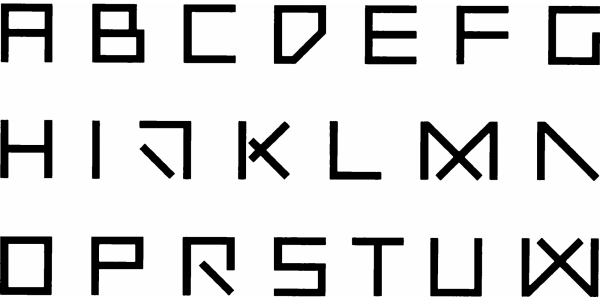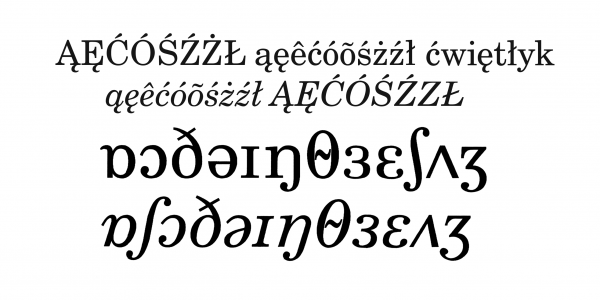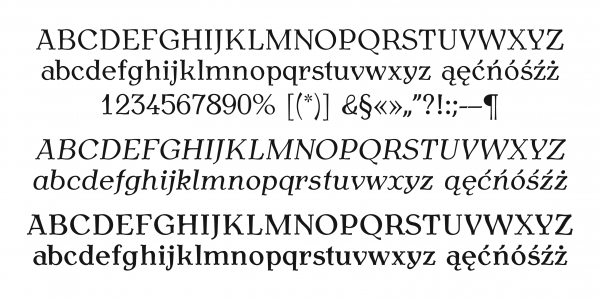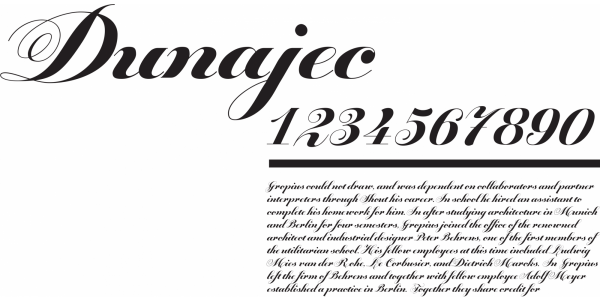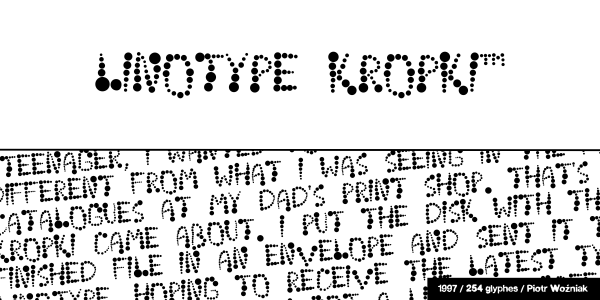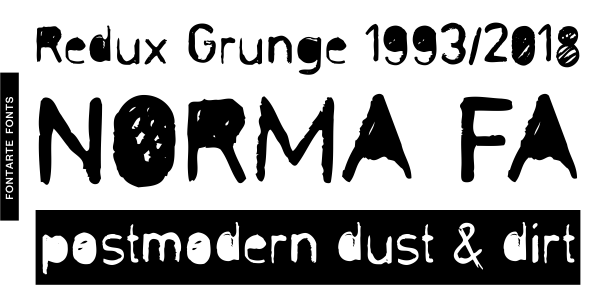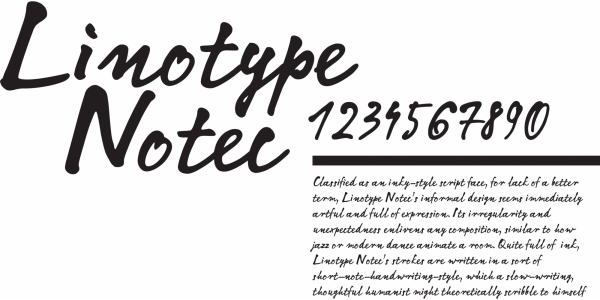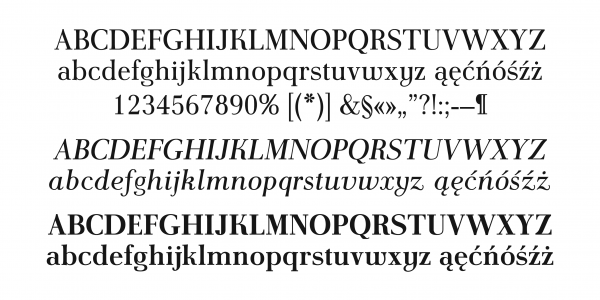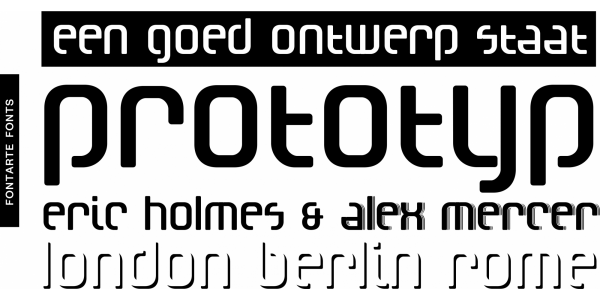Beginning of the digital era (1986–1999)
In the mid 1980s, the Desktop Publishing Revolution took place in the US and Western European publishing industries. Apple Macintosh computers, and later PCs with Microsoft Windows, editor and illustration programs (QuarkXPress, PageMaker, Calamus, CorelDraw, FreeHand, Illustrator), as well as PostScript – a universal language for controlling printers and platesetter developed by Adobe - made the publishing process move from typesetters to designers’ desks. Professionals and amateurs alike used the Altsys Fontographer editor to create ready-to-use digital fonts in Type 1 and TrueType formats.
In Poland after 1989, the place of bankrupting state typesetting, printing and publishing houses was taken by private companies run mainly by "computer scientists" rather than graphic designers or typographers. Polish DTP operators gained access to hundreds of new digital fonts containing only western European characters. Few enthusiasts (Jackowski, Ryćko, Szczypka, Tatarkiewicz, Tomaszewski, Czapnik, Kenig) started to supplement and expand fonts with Polish diacritics and to translate the interfaces of typesetting software to Polish. There was only a handful of original typefaces designed in the country. In the 1990s, Polish books, newspapers, signboards, advertising leaflets, catalogues and posters were created hastily, and several robust packages of Western fonts with added Polish characters were used as the source of typographic material. Today, the typographic chaos of this period is referred to as "typo polo".

